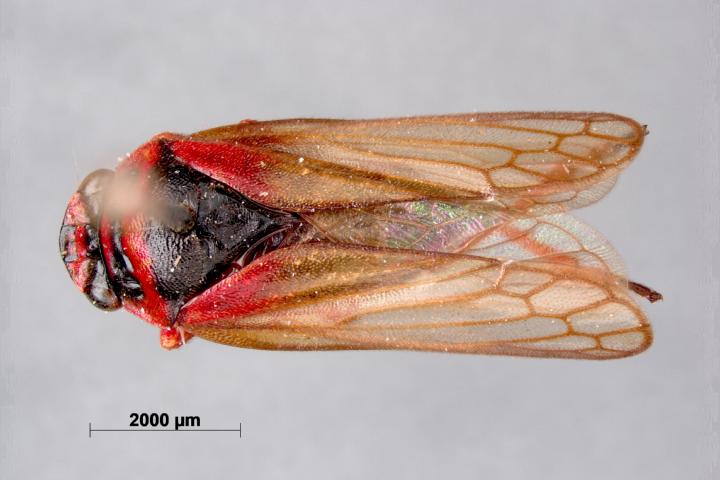
Within the Entomology department, my primary focus is on managing the Hemiptera, Odonata and Orthopteroidea collections, as well as facilitating (international) research.
As a trained museologist (MA) I have always enjoyed working in museum depots with science collections. The amount of objects (and even more labels) provides us with an almost endless amount of stories and research opportunities. Every day something new can be discovered.
Keywords
Museology, Collection Management, Hemiptera, Odonata, Orthopteroidea, Orthoptera, Mantodea, Blattodea, Phasmodea, Dermaptera, Isoptera
Thecollection
The collection, of approximately 2.5 million specimens, consists of true bugs (bugs, cicadas and plant lice), dragonflies, and grasshopper-likes (grasshoppers, crickets, mantises, stick insects, earwigs, cockroaches and termites).
The Hemiptera collection (true bugs) consists of about 1,500,000 specimens. The Odonata collection (dragonflies) is estimated to hold 300,000 specimens. The Orthopteroidea collection contains another 650,000 specimens, and is further subdivided into: Orthoptera (grasshoppers and crickets), Mantodea (praying mantises), Blattodea (cockroaches), Phasmodea (stick- and leaf insects), Dermaptera (earwigs) and Isoptera ( termites). The various sub-collections are used by national and international researchers, for example for taxonomic or ecological research. In this way, the collection contributes to the understanding and the description of biodiversity in nature.


Currenttopics
A selection of the topics I am working on currently.






